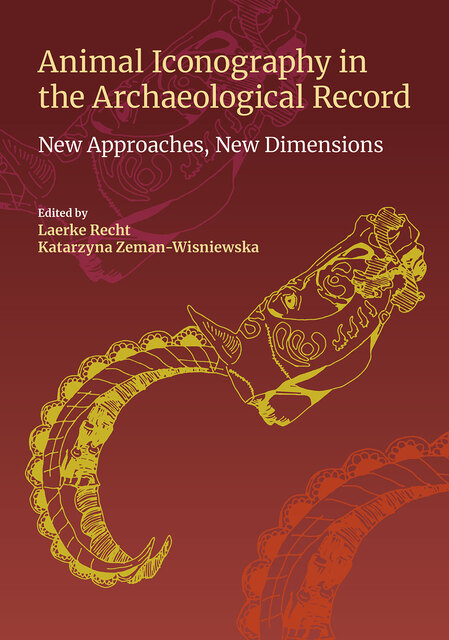Recht/Animal Iconography, 7. ‘Flying Gallop’ Iconography and its Representation in the Burial Rites of the Eurasian Bronze Age

Full description
In this paper, we consider the origin of the ‘flying gallop’ concept in Inner Eurasia during the Bronze Age. We demonstrate that the concept was well known to the peoples of the Eurasian steppes at the beginning of the 2nd millennium BCE. The case studies of the Novoil’inovskiy 2 cemetery and the Yeshkiol’mes sanctuary allow us to say that the ‘flying gallop’ was represented in ritual contexts and in rock art to symbolically illustrate the myth of the post-mortem travel of the soul to the Otherworld. In the first case, the carcasses of two sacrificed horses were arranged to resemble freely running animals, while the petroglyphs of the Yeshkiol’mes sanctuary indicates that the ‘flying gallop’ concept was utilised in ritual contexts.
- typeImage
- created on
- file formatjpg
- file size273 KB
- container titleAnimal Iconography in the Archaeological Record: New Approaches, New Dimensions
- creatorIgor Chechuchkov, Emma Usmanova, Olga Gumirova
- isbn9781781799277 (eBook)
- publisherEquinox Publishing Ltd.
- publisher placeSheffield, United Kingdom
- rights holderEquinox Publishing Ltd.
- doi
We use cookies to analyze our traffic. Please decide if you are willing to accept cookies from our website. You can change this setting anytime in Privacy Settings.
